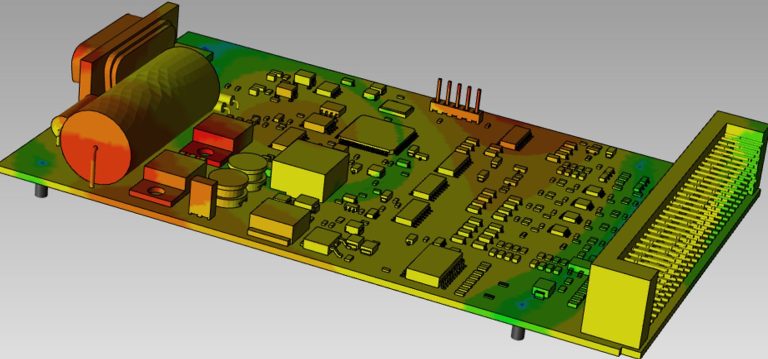The Science of Tattoo Removal: How Ink Fades Over Time

Tattoos have become increasingly popular in recent years, with people of all ages and backgrounds embracing this form of self-expression. However, as life circumstances change, many individuals find themselves regretting their ink and seeking tattoo removal options. In this article, we’ll explore the science behind tattoo removal and how ink fades over time, including insights from a premier tattoo removal clinic in Gold Coast, QLD.
How Tattoos Work
To understand tattoo removal, it’s essential to first grasp how tattoos work. When you get a tattoo, the artist uses a needle to inject ink pigments into the dermis, the second layer of your skin. These pigments are too large for your body’s immune system to remove, which is why tattoos are considered permanent.
The Laser Tattoo Removal Process
Laser tattoo removal is the most effective and safe method for removing unwanted ink. The process involves using a high-intensity laser to break down the ink pigments into smaller particles that the body can then absorb and eliminate through its natural processes.
Different types of lasers are used depending on the colors of the tattoo, as each color absorbs light at a different wavelength. The laser targets the ink pigments without damaging the surrounding skin tissue.
Factors Affecting Tattoo Removal
Several factors can influence the success and speed of tattoo removal, including:
- Ink color: Black and dark blue inks are the easiest to remove, while green, yellow, and fluorescent colors are more challenging.
- Tattoo size and location: Larger tattoos and those located on areas with less blood flow (such as the hands or feet) may require more sessions.
- Skin type: People with darker skin tones may be at a higher risk for pigmentation changes or scarring.
- Tattoo age: Older tattoos are generally easier to remove as the ink has already begun to fade naturally.
The Tattoo Removal Timeline
Tattoo removal is a gradual process that typically requires multiple sessions spaced several weeks apart. The number of sessions needed depends on the factors mentioned above, but most people can expect to undergo between 5 and 10 treatments.
After each session, the treated area may experience some redness, swelling, and minor discomfort, similar to a sunburn. These side effects usually subside within a few days. As the body absorbs the shattered ink particles, the tattoo will gradually fade over the following weeks.
Choosing a Tattoo Removal Provider
When considering tattoo removal, it’s crucial to select a reputable and experienced provider. Look for a clinic that uses advanced laser technology and employs trained professionals who can assess your specific needs and develop a personalized treatment plan.
For those seeking premier tattoo removal in Gold Coast, QLD, it’s essential to research and compare different providers to find one that offers the highest quality care and results.
Alternatives to Laser Tattoo Removal
While laser tattoo removal is the most popular and effective method, there are a few alternatives worth mentioning:
- Surgical excision: This involves cutting out the tattooed skin and stitching the remaining skin back together. It’s generally only suitable for small tattoos.
- Dermabrasion: This method uses a rotating abrasive device to remove the top layers of skin, effectively “sanding off” the tattoo. However, it can be painful and may cause scarring.
- Tattoo cover-up: For those who don’t want to undergo removal, covering the old tattoo with a new design is an option, although it may be limited by the size, color, and location of the original tattoo.
Conclusion
Tattoo removal is a science that continues to evolve, offering hope to those who have grown dissatisfied with their ink. By understanding how tattoos work and the factors that influence their removal, individuals can make informed decisions about their treatment options.
If you’re considering tattoo removal, remember to choose a reputable provider, be patient with the process, and follow all aftercare instructions to ensure the best possible results. With the right approach, you can effectively fade your unwanted tattoo and embrace a fresh start.






